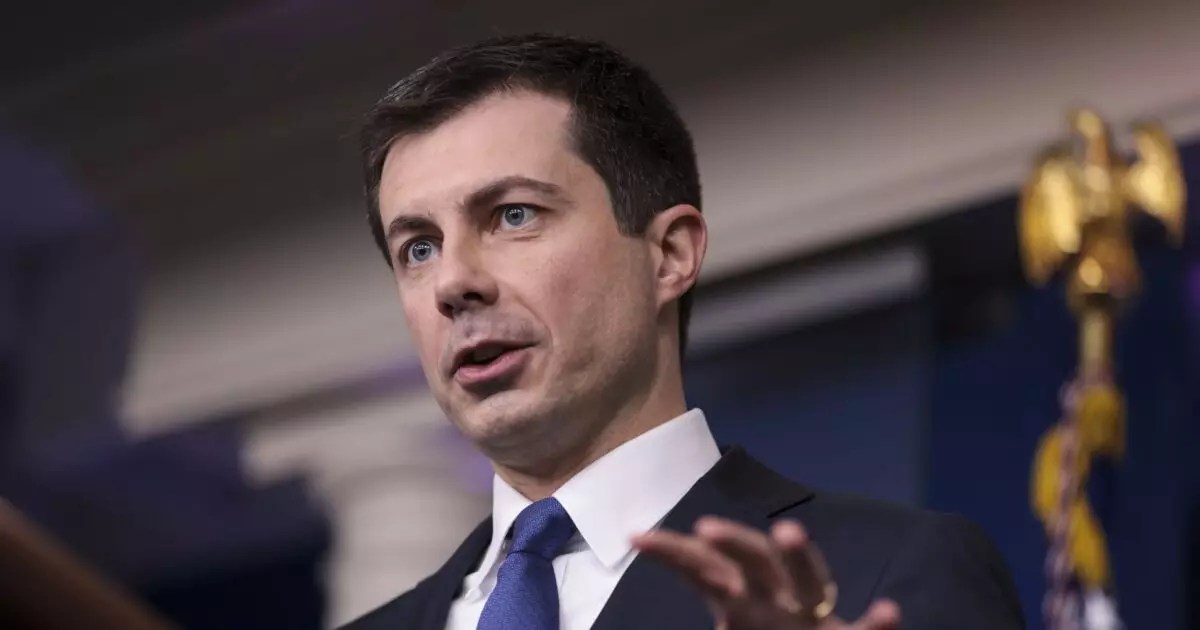In the wake of unprecedented transformations within the U.S. transportation landscape, the Department of Transportation (DOT) is embarking on a mission to redefine infrastructure through a significant allocation of federal grants. As the Biden-Harris Administration approaches its conclusion, it has made clear its commitment to advancing national infrastructure projects, even as leadership is set to transition. U.S. Transportation Secretary Pete Buttigieg underscored the importance of this new funding, emphasizing the need to modernize transportation systems to serve the American populace more effectively in the 21st century.
Understanding the Role of Federal Grants
Federal grants play a fundamental role in enhancing infrastructure, and they are typically provided either as reimbursements for incurred expenses or as matching funds that accompany project financing. The Bipartisan Infrastructure Law (BIL), enacted in 2021, has already distributed close to $5 billion in grants across 560 projects spanning all states and U.S. territories. This significant investment aims to modernize facilities critical to railways, airports, rural transport networks, and electric vehicle (EV) charging infrastructure. The strategic allocation of funds reflects an overarching goal—ensuring equity in transportation accessibility while addressing modern needs.
The Department of Transportation’s announcement characterizes this latest funding wave as a distinct strategic maneuver, focusing on key challenges such as improving rail safety and enhancing critical infrastructure. With $1.1 billion earmarked for rail grants, authorities are aiming to tackle pressing issues such as train vehicle collisions and obstructed railway crossings, ensuring safer transit routes. Meanwhile, the Rebuilding American Infrastructure with Sustainability and Equity (RAISE) program contributes $1.32 billion to bolster roadways, bike lanes, and sidewalks, representing a holistic approach to creating interconnected communities.
As the BIL progresses through its lifecycle, it will soon enter a crucial phase, requiring careful tracking of funds as they transition from allocation to expenditure. The Federal Highway Administration currently possesses the largest share of BIL funding at 48.3%, while the Federal Aviation Administration lags behind at 17.3%. These numbers reflect the varying priorities within federal transportation agendas, indicating an immediate need to address disparities among sectors and ensure that all modes of transportation are sufficiently funded.
However, as the BIL is scheduled to sunset in September 2026, there is growing concern regarding the allocation of remaining funds. A Brookings report indicates that a substantial $294 billion will still require distribution when the administration transitions. Transitioning to a new leadership in the DOT adds another layer of complexity. President-elect Trump’s choice of Sean Duffy—who has an eclectic background that ranges from reality TV to serving in the House of Representatives—will face significant scrutiny during the confirmation hearing.
Duffy’s experience, particularly in the realm of public service, could prove vital for overseeing and executing the considerable responsibilities tied to the new grants. Early indications suggest that the transportation industry views his nomination favorably, and the upcoming confirmation could pave the way for essential continuity in funding mechanisms and infrastructure initiatives.
Recent industry reports, such as those issued by S&P Global Ratings, provide a mixed yet cautiously optimistic outlook for U.S. transportation. The agency’s stable outlook reflects a proactive stance despite potential challenges, reinforcing confidence in the BIL’s ability to create and reinvigorate programs integral to the U.S. national infrastructure. However, it also highlights a pertinent issue: many programs initiated under the BIL have not yet received the necessary appropriations to function effectively. This highlights an urgent need for collaboration among legislators to secure appropriate funding with seamless execution.
As the United States approaches a new phase in its transportation narrative, the federal grants initiated by the DOT represent an extraordinary opportunity to enhance existing frameworks. These efforts signal commitment to not only sustain but also innovate infrastructure, aiming to meet the transport needs of communities nationwide. The next administration will face the pivotal task of maintaining momentum, ensuring effective fund distribution, and reacting adeptly to the dynamic landscape of transportation demands. Only time will tell how effectively these intentions translate into tangible results on the ground.


Leave a Reply